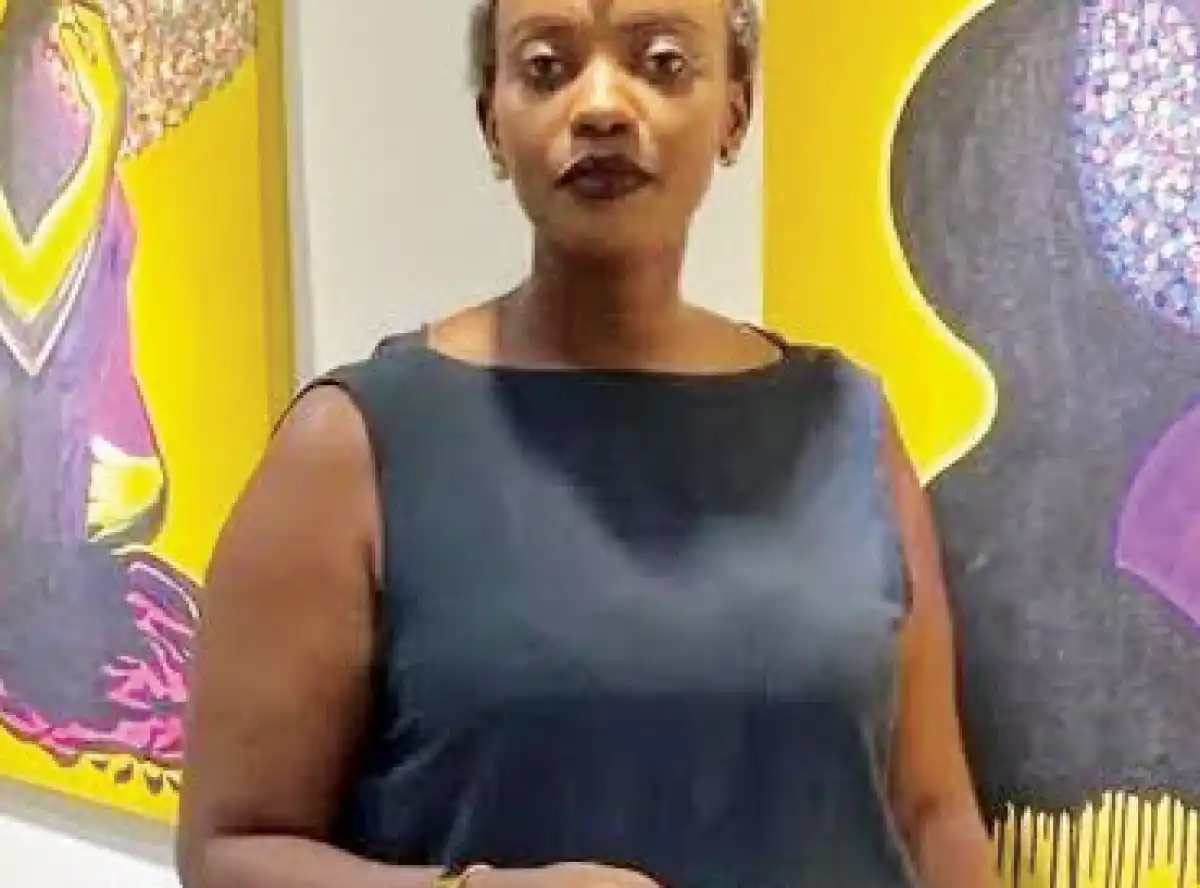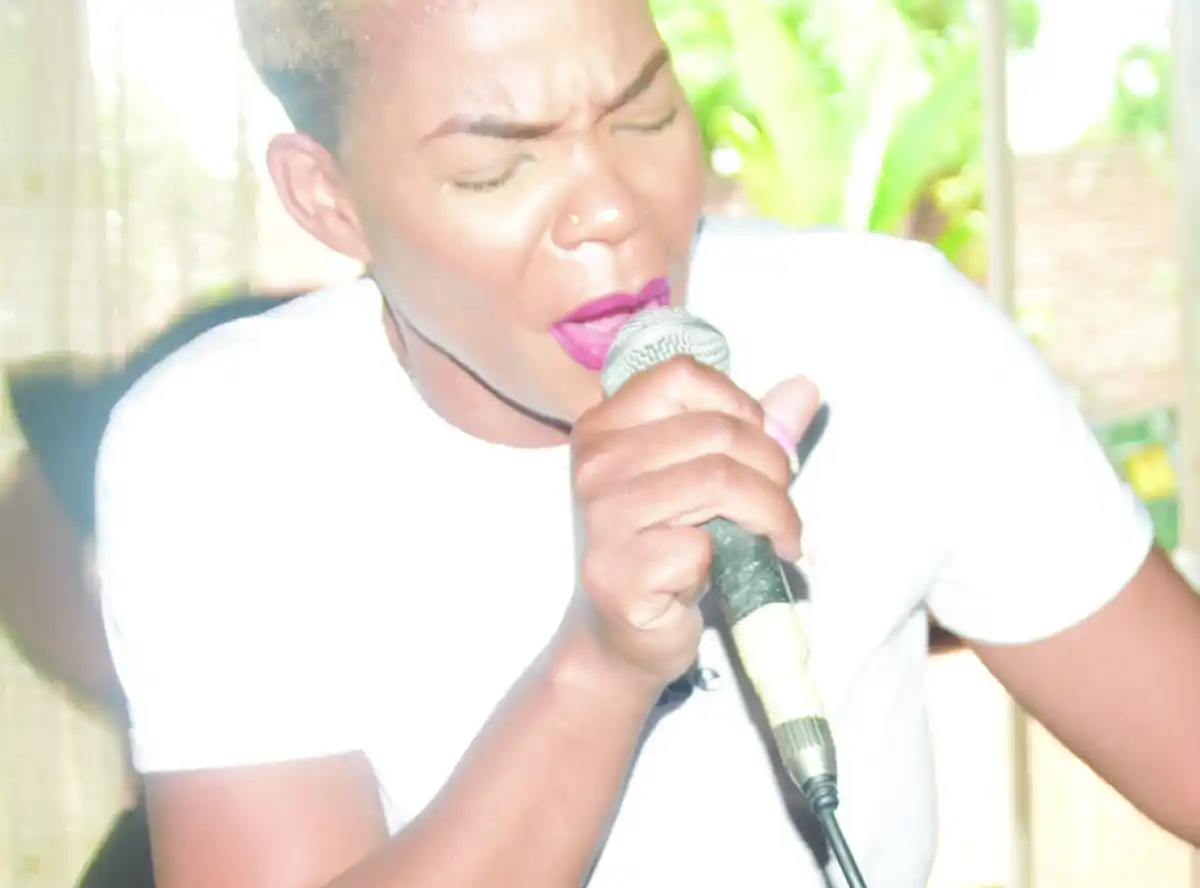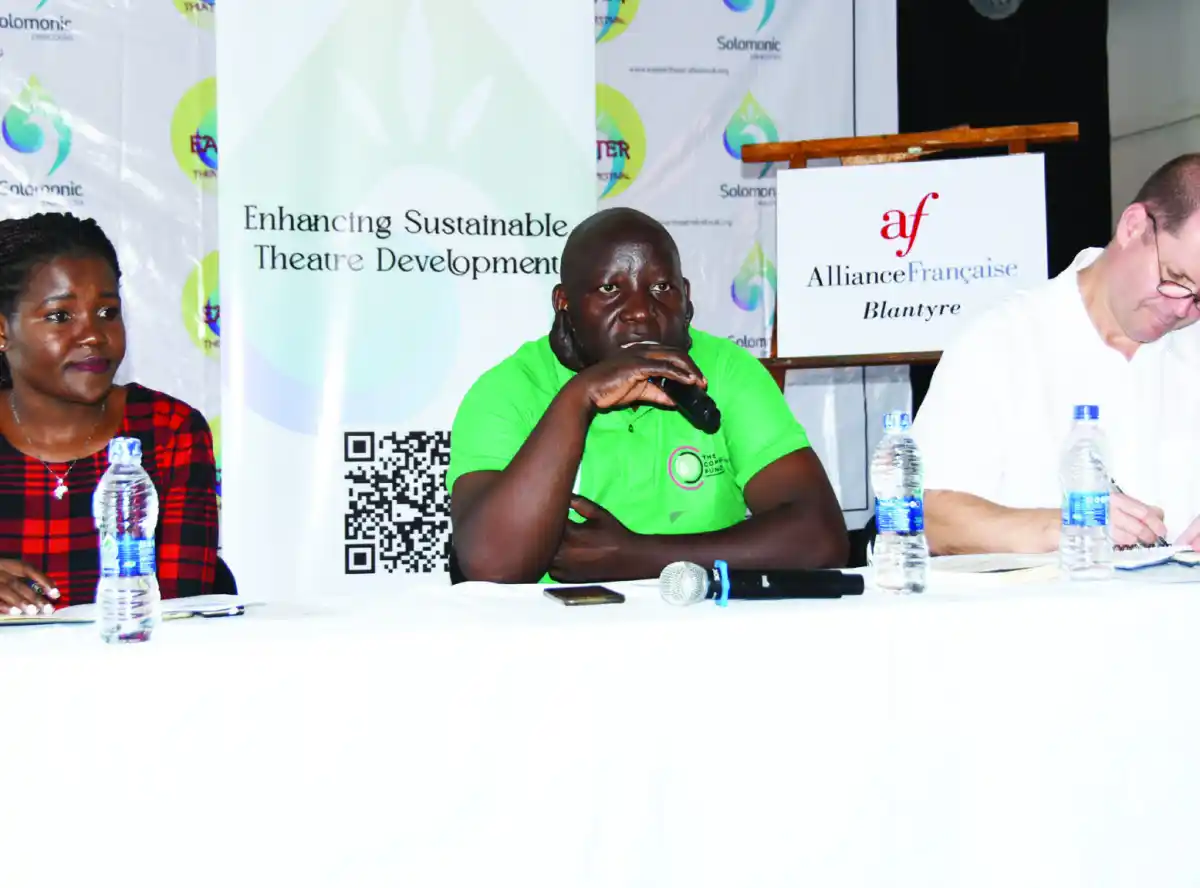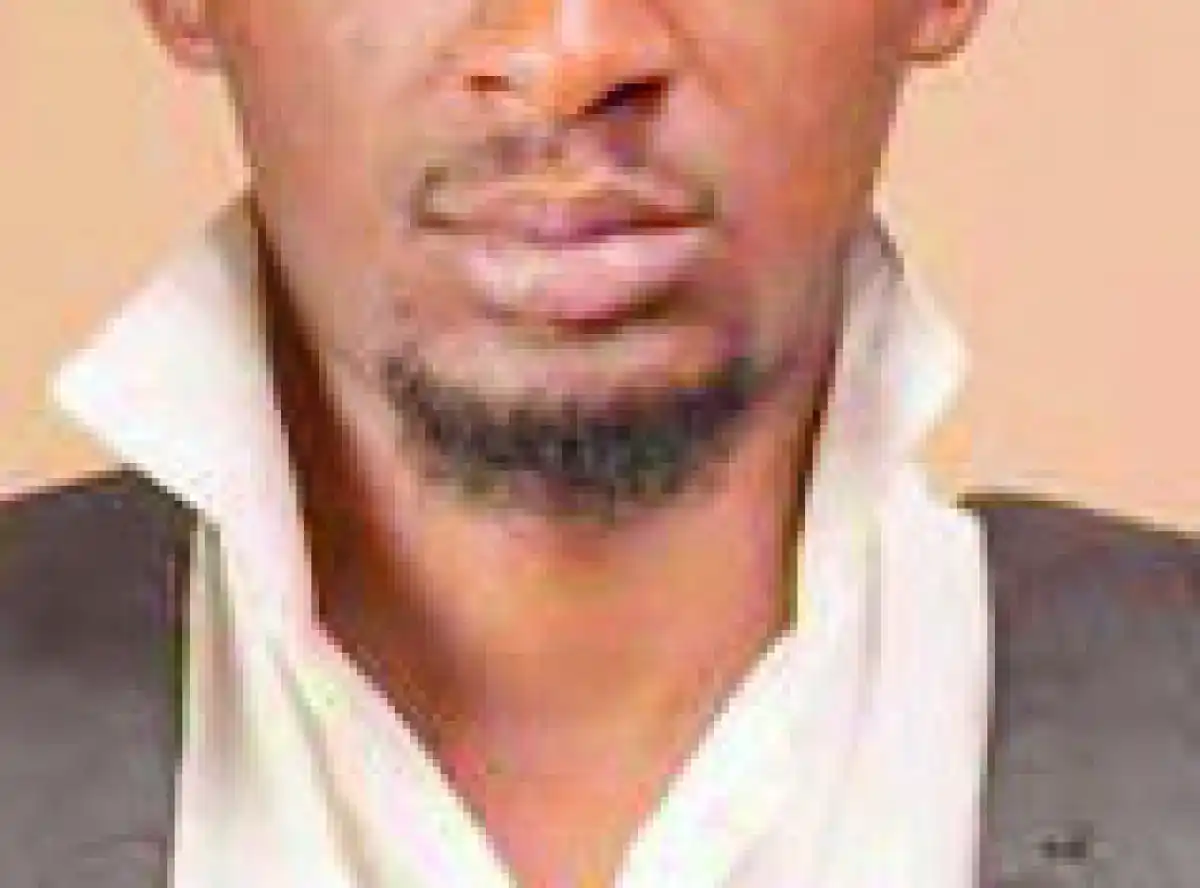

Kakizi Jemima is a multidisciplinary artist and curator. She has curated exhibitions in Rwanda and Switzerland, worked on art projects with Unicef Rwanda, the Rwanda Art Museum, Girl Effect, Goethe Institute, and Creative Action Institute, and exhibited her work in Germany, South Korea, Kenya, and Tanzania. She spoke to Africa In Words.
In your video for Imigani’s 30 for 30 series — a project which featured 30 Rwandan artists from different generations, marking the 30th commemoration of the Genocide against the Tutsi — you spoke about starting Impundu Arts Centre in 2022, saying, “I was trying to find a solution for my art.” Could you elaborate on the specific challenges you were facing at that time, beyond the issue of a less inclusive visual arts scene? I’m thinking of this in terms of your practice as a multidisciplinary artist, the unique conceptual challenges you must encounter while trying to communicate your artistic vision across different disciplines, and the post-Covid-19 pandemic reductions in arts funding.
I started Impundu because I knew that, as women artists, we needed to come together and exhibit our work for people to see. This visibility creates opportunities for us. After Covid, funding for creatives became a problem. But even before Covid, I received little support from institutions. I would say that 80 percent of Impundu’s projects have been sponsored by me as an artist, with additional support coming from different creatives and art spaces in Kigali.
What was your initial experience with curating, and how do you navigate this role in an environment where ‘curate’ has become a buzzword, applied to everything from food festivals to playlists? How has curating changed your relationship with art?

Curating changed a lot for me. I realized I had to learn many things I didn’t know as an artist, like coming up with a concept and selecting artists to work on it, how to organize a successful exhibition, networking, and understanding who I should know in the art world. I had to work hard, read extensively, and learn from other curators online because we don’t have many locally. It has been a game-changer. I don’t mind if others call themselves curators if they feel it matches the work they are doing. At the end of the day, what matters is what you do with your role, the message, the impact, and the quality of your work.
Could you tell us what you relied on for your curation of Fierce Femmes, from conception to execution of the idea?
In Kigali, I was invited by Dr Ceri Chillier-Whatley and Gallery Brulhart to curate an exhibition around the theme, “What does it mean to be a Rwandan woman today?”. I developed this and conceptualized the idea of Fierce Femmes based on my observations of the world around me. I relied on the fact that, in the past 30 years, Rwanda has developed significantly, yet there are certain things women have done that were not celebrated. These contributions, while often considered small, are actually monumental and shape who we become as a society. I drew inspiration from this perspective and focused on highlighting the often-overlooked achievements of women.
How did you select the artists and art to feature in this exhibition?
As an advocate for women artists, I wanted to ensure that I worked with a diverse group of women from my previous projects. I selected artists with different styles and techniques to represent a broad spectrum of female artistry. I particularly looked for women who work on subjects that align with the theme I wanted to explore in the exhibition. This diversity in artistic expression was crucial in portraying the varied and significant roles that women play in our society.
Is there a memorable moment or story from the exhibition that highlights the importance of making women’s art more visible?
There are many memorable stories from the exhibition. One that stands out is a series by Odile Uwera, ‘Working Women’. Her work highlights traditions that are often quiet and take place in the backyard. These traditions do not claim power upfront but are universal and have held communities together for centuries. This series beautifully illustrates the subtle yet profound impact of women’s contributions to cultural and communal cohesion. The reception to Uwera’s work was a powerful reminder of the importance of making women’s art more visible, as it brings to light the crucial, often unseen roles that women play in our society.
What questions did you or the artists find yourselves grappling with? If I were participating in this exhibition, I might be preoccupied with questions about how to translate trauma into narrative–how to tell stories about the untellable.
In this exhibition, we grappled with numerous profound questions. Telling stories that can be triggering takes courage, and it requires us to be considerate. Everyone’s journey is different, and we all approach life differently despite what we are told.

Translating trauma into a narrative is a delicate process. It involves finding a balance between expressing personal pain and making it accessible to others. The artists had to consider how to convey their experiences without retraumatizing themselves or their audience. Art became a medium through which these difficult stories could be told, offering a way to process and communicate profound emotions and experiences.
In some cases, artists explore how to honour their memories and truths, where each one tells a different story that inspires people on a different level and provides a platform for these personal stories to be heard and validated.
Healing from a violent past involves navigating a complex landscape of memories and emotions. The artists considered how to create art that acknowledges and processes these memories without being consumed by them. Art offers a means to start important conversations and facilitate healing, providing a space to address and work through trauma.
Art can be a powerful tool for healing and initiating important conversations. Artists, as the voice of society, draw inspiration from everything around them. Through this exhibition, we sought to honour diverse experiences and perspectives, fostering a dialogue that acknowledges the complexities of memory, trauma, and healing.—AFRICA IN WORDS








0 Comments